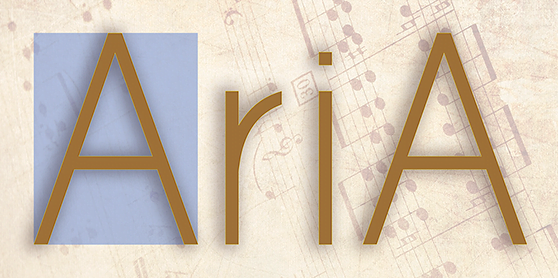Wilfried Wojnich was an antiquarian and rare book dealer from Poland. In 1912 he travelled to Italy and stopped in Frascati on the way. The Jesuit order wanted to restore the Villa Mondragone, but as they did not have much money at their disposal, they decided to sell some of the antique books in their possession. Thus the antiquary became the owner of one of the most controversial manuscripts ever found. Thus begins the story of the book that is now known as the Voynich Manuscript.
Neither the author nor the title of the manuscript is known, but what makes it 'mysterious' are the characters and language used. The letters are different from any known alphabet, it is unclear what language it was written in, and many scholars believe the text is encrypted. Over the centuries, all these elements have fuelled the myth of the manuscript, multiplying the hypotheses and interpretations.
Faced with the apparent contradictory nature of the manuscript, it has been suggested that perhaps it could be a joke or a hoax. It is even believed that the book was written around 1580 by John Dee himself, a magician, mathematician and lover of esotericism, together with his partner Edward Kelly, who had already been tried in England for document forgery. In short, it may have been a way of deceiving Emperor Rudolf II.
In 2011, a research team from the University of Arizona was allowed to take small portions of Voynich's manuscript and subject it to carbon-14 analysis, resulting in a date between 1403 and 1438; however, it was not possible to analyse the ink, so many scholars believe these results are not entirely reliable.

Voynich manuscript, attempts at decoding
For centuries, and especially in recent times, scholars have tried to decipher its contents. In the 1940s, cryptographers Joseph Martin Feeley and Leonell C. Strong tried to decipher the text using substitution decryption techniques, trying to get the Latin characters in the plaintext, but the result was a meaningless text.
The alphabet presented in the book is unique, with 19-28 probable letters recognised, with no connection to known alphabets. The absence of erasures and spelling errors has led some scholars to speculate that the text was written by several people and possibly in an artificial language (a kind of philosophical experiment), where each word consists of a set of letters or syllables, referring to the division of being into categories.
One of the most famous artificial languages of the 17th century came from Englishman John Wilkins, who in 1641 published a treatise called 'Mercury, or the Secret and Prompt Messenger'.
Stephen Bax, professor of linguistics at the University of Bedfordshire, suggested in 2014 that some plant names and the constellation Taurus could be identified from illustrations in the text. Therefore, according to Bax, the manuscript was not encrypted, but written in a vanished language of the Caucasus region.
Decoding with artificial intelligence
Of all the decoding attempts, the approach proposed by Professor Greg Kondracke and his student Bradley Hauer at the University of Alberta is certainly one of the most interesting. In 2016, two Canadian researchers published a paper entitled "Decoding anagrammed texts written in an unknown language and writing", in which they explain the procedure they used to decode a manuscript.
The hypothesis of their study is that the text was encoded using alphagrams, i.e. rearranging the letters of each word in alphabetical order (e.g. 'house' becomes 'aacs').
They used the Universal Declaration of Human Rights, written in 380 different languages, as a training exercise, i.e. they "taught" an artificial intelligence algorithm to match anagrams to words that exist in modern languages. They then applied this model to the manuscript and got the probable result that the language used was actually Hebrew, as 80% of the words correspond to a dictionary in that language.
However, an attempt to translate the text leads to meaningless and disconnected sentences, such as - "He gave references to the priest, the landlord, me and the people".

Faced with the impossibility of translating the contents, Keele University professor Gordon Rugg in 2004 again proposed the fraud theory. But there is a problem with this hypothesis: the manuscript already existed a century before Kelly could forge it. If he really meant the joke, then consequently the author had too much fun with it. So far the Voynich has not been translated and no clue has been found which would allow it to be interpreted. Furthermore, the layout of the letter does not follow the rules governing the semantic structure of known languages: many words are repeated, in some cases up to three times in one line and 15 times in one page (e.g. "ollcet, ollcetcius, ollcetcius...").

On the other hand, other formal structures are also respected, such as writing from left to right, albeit without punctuation (some paragraphs are, however, preceded by an asterisk and asterisks). The text also adheres to the so-called 'Zipf's Law', which states that in known languages the length of words is inversely proportional to their frequency. Perhaps the greatest mystery of the manuscript is the fact that it seems to have been written in one hand, in a smooth stroke, free from ambiguity, in uniform and very clear letters, virtually identical, without a single error: this is something unusual for a manuscript. Was a model or matrix system used to outline the letters and words? Perhaps this mystery is not destined to be solved


 and then
and then 
